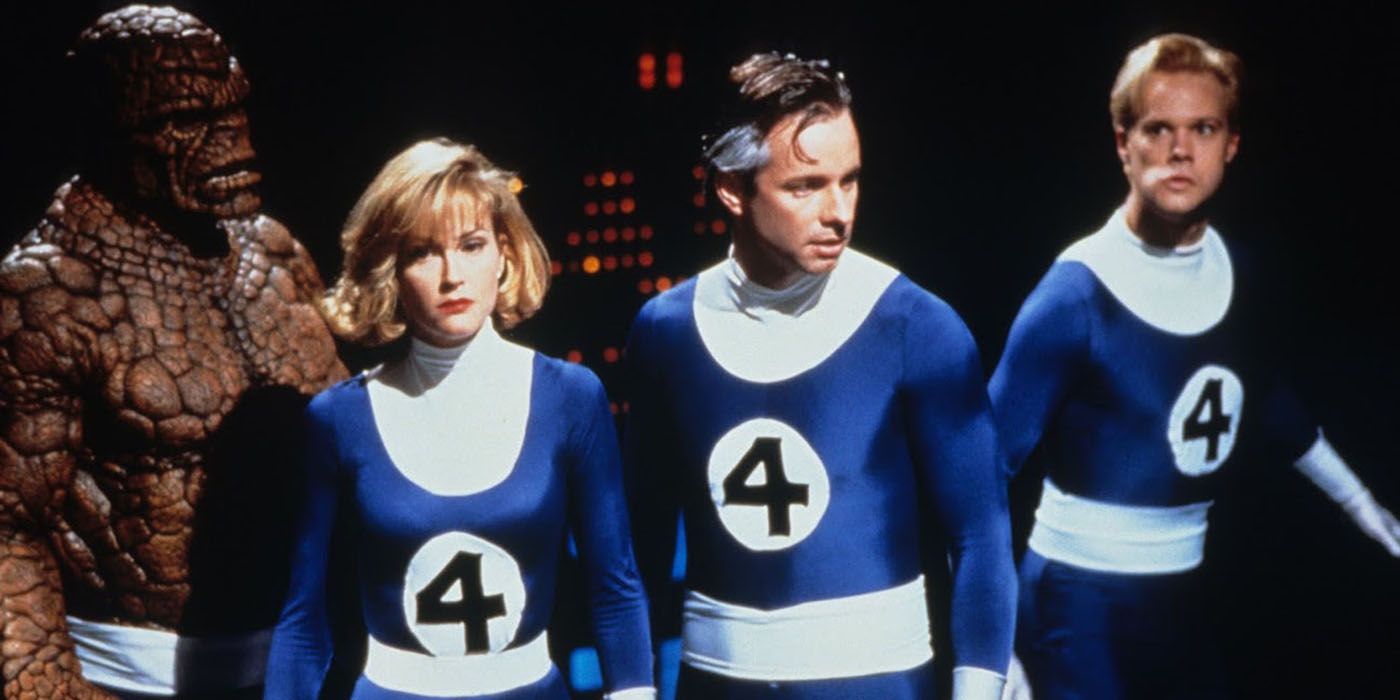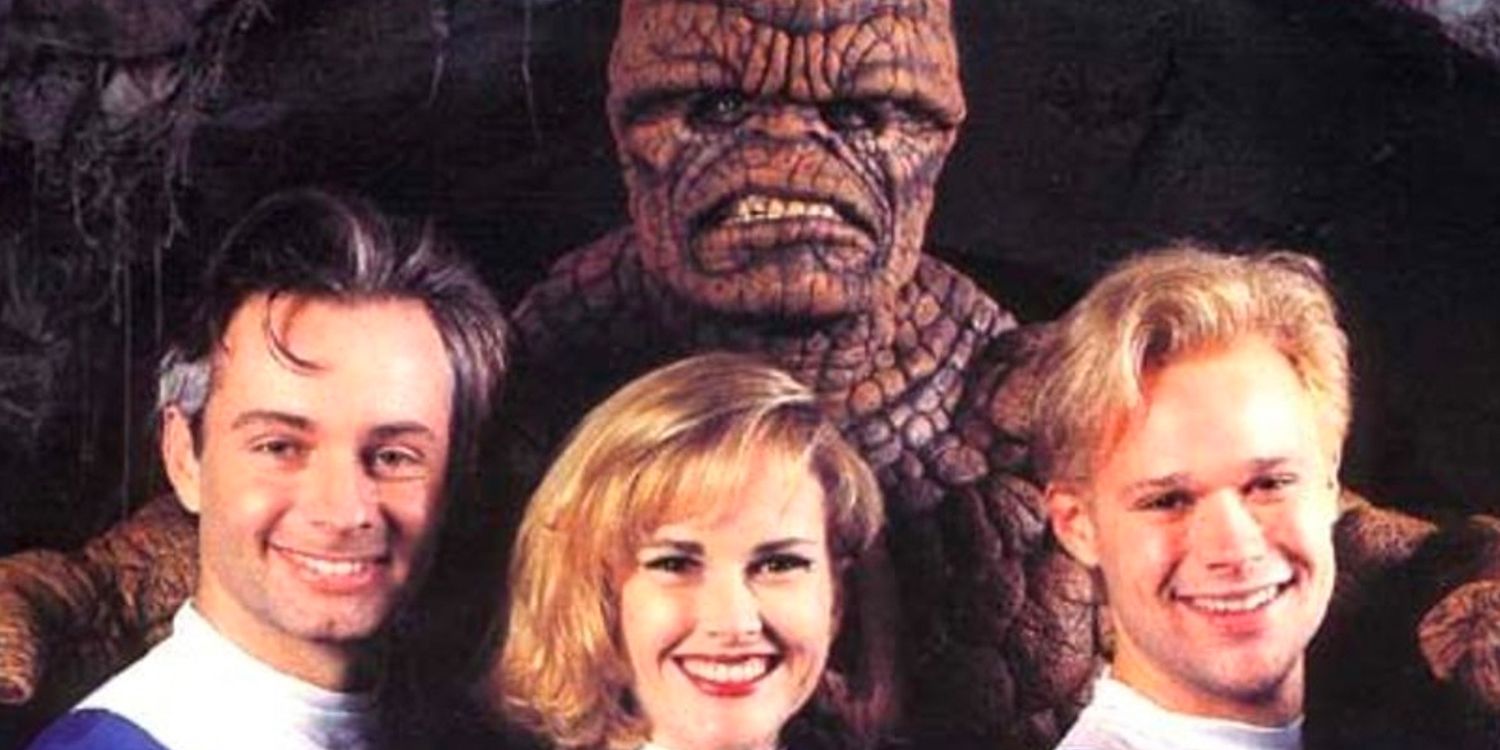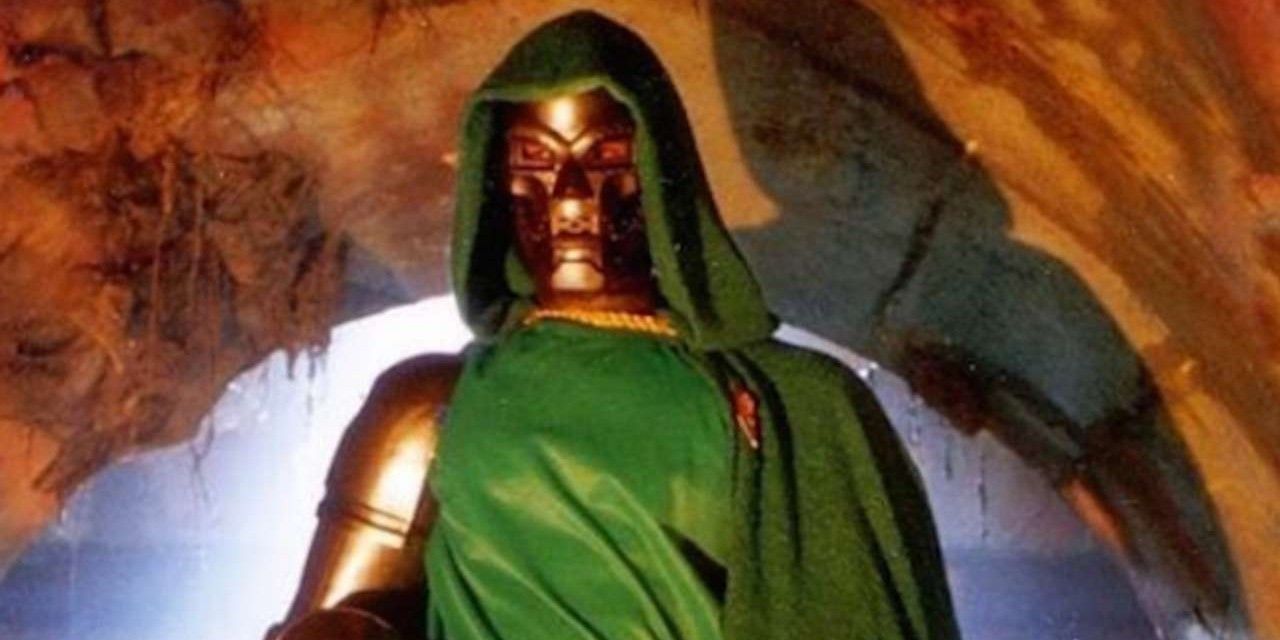
There have been several film adaptations of Marvel's First Family, with the most infamous version being the never released 1994 adaptation, The Fantastic Four, from legendary B-movie producer Roger Corman. Despite its obvious flaws, the film is fairly faithful to the comics and even tries to offer an explanation for why all of the members of the team have different abilities.
In the film, Reed Richards, Ben Grimm and Susan and Johnny Storm go up into space to observe a passing comet, but they get hit by cosmic rays. After crash-landing on Earth, the group discovers that they all have new abilities: Reed's body is elastic, Sue can become invisible, Johnny can spew flames and Ben has been transformed into a creature with rock-like skin. Reed attempts to discover the source behind the team's new abilities and eventually comes up with the theory that all of their respective powers stem from their specific character flaws.

This idea comes to Reed when Susan Storm attempts to open up about her feelings for him. Awkward and unsure of herself, Sue eventually confesses to Reed that she's always shy around him. Upon hearing this, Reed realizes that Sue can become invisible because she is shy. Likewise, Johnny has pyro-technic abilities due to his impulsive, hotheaded nature, Ben's rock-like skin correspond to his metaphorical gruff exterior and Reed's stretching abilities reflect his tendency to stretch himself too thin by taking on too much. In this way, their individual weakness also become their greatest strengths.
Reed's theory is seemingly confirmed later in The Fantastic Four during a scene between Ben Grimm, aka The Thing, and blind artist Alicia Masters. Taken hostage by the villainous Jeweler, Alicia confesses her love to Ben as he attempts to rescue her, temporarily causing him to revert back to his human form. Alicia's feelings for Ben allowed him to feel vulnerable enough to drop his hard exterior for a moment, both literally and metaphorically. Later in the film, Ben, back in his rock-like form, is able to rescue Alicia, turning his flaw into his superpower.

Reed's tendency to stretch himself thin is seen throughout The Fantastic Four as he takes it upon himself to lead the team and help with their powers. At the same time, he's also tormented by guilt over an accident earlier in the film that he believes killed his friend, Victor. Later, when he discovers that Victor is now the villainous Doctor Doom, Reed uses his newfound elastic powers to defeat him in the final battle. Additionally, at the end of the film, Johnny turns into the Human Torch and races off to stop Doom's death ray from destroying New York City, using his impulsiveness to save the day. Meanwhile, Sue's invisibility comes in handy during several of the action scenes against Doctor Doom's goons, and eventually she gets over her shyness around Reed and marries him in the film's closing moments.
1994's The Fantastic Four was never meant for release and was only put into production to maintain the film rights. Nevertheless, the explanation offered for the team's differing powers in the movie ensured that every character had their moment. Reed's theory also allowed the team to more closely resemble their comic book counterparts, from Ben's gruff exterior hiding a heart of gold to Sue's feelings for Reed Richards. While it was far from perfect, this was one aspect of the superhero family and the film got right.
0 Comments